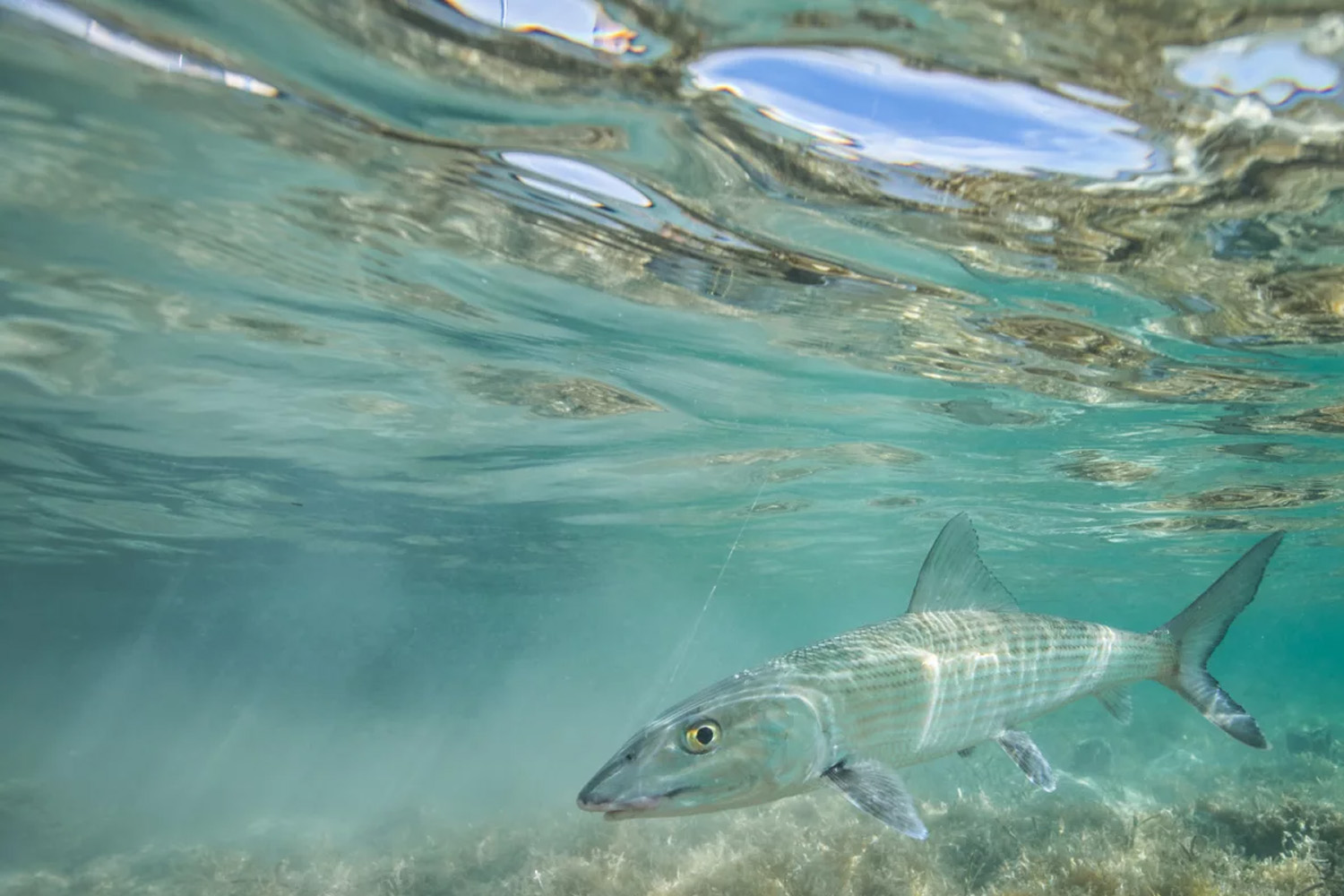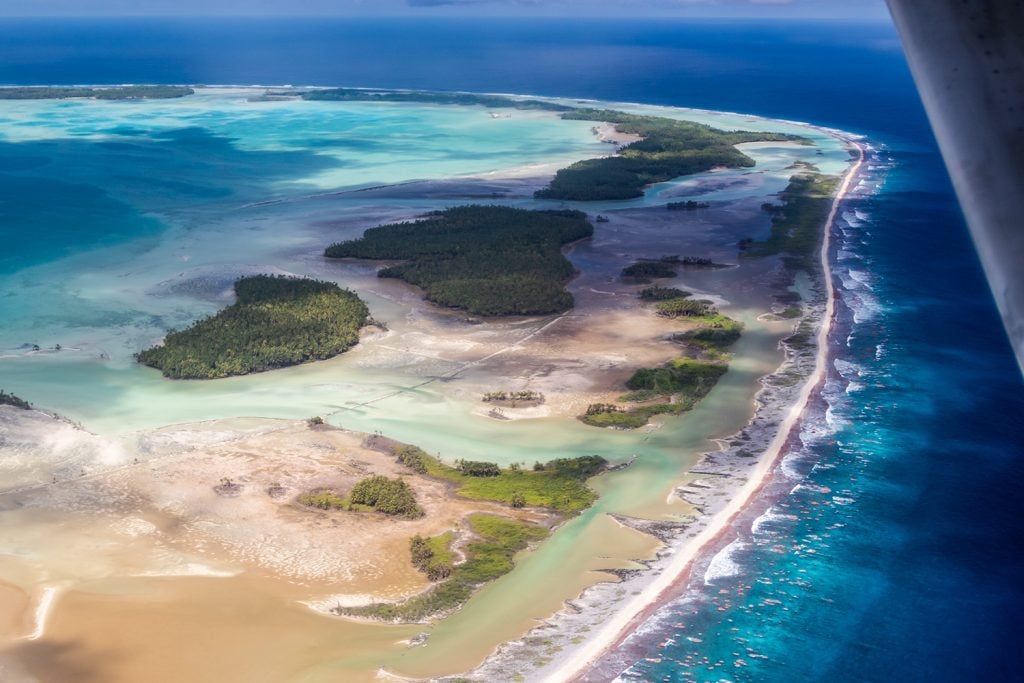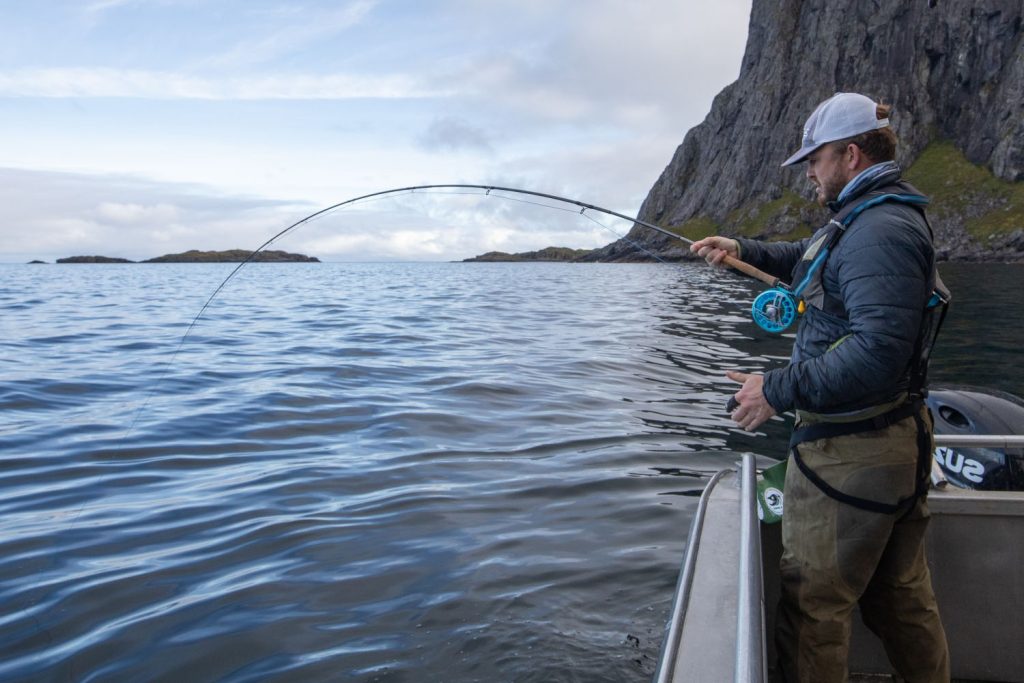Bonefishing does not necessarily have to be difficult, at least not on Abaco. Any trip for Bonefishing should start out with the least stressful part—getting there—and as you arrive in Marsh Harbour and take in the familiar scent of the flats wafting through the air and feel the warmth of the Bahamian sun on your face, your blood pressure will start to drop.
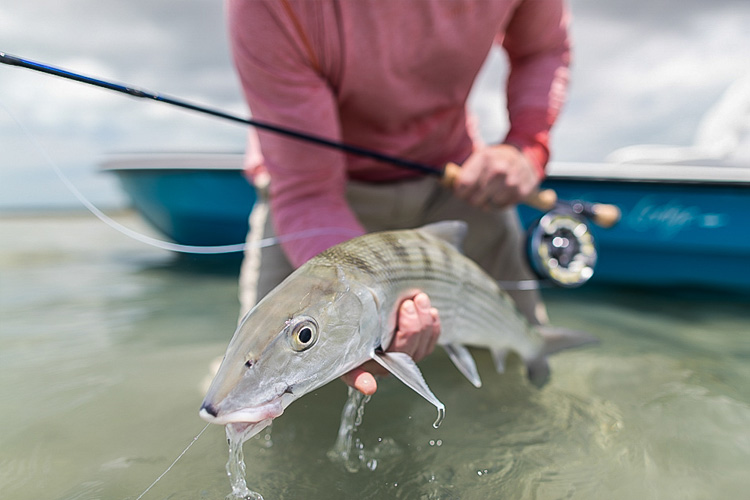

For the pleasure of visiting anglers, Bonefishing on Abaco is reliable all year long. The ideal time to fish in Abaco is from March to June when the weather is calmer, but as long as you miss the hurricane season, which lasts from mid-July to mid-October, you can’t go wrong.
Although sweeping cold fronts and strong winds can accompany the cooler seasons, the larger bonefish travel to the flats during these months. Anglers that want to finally catch a double-digit Bonefish favour this time period.
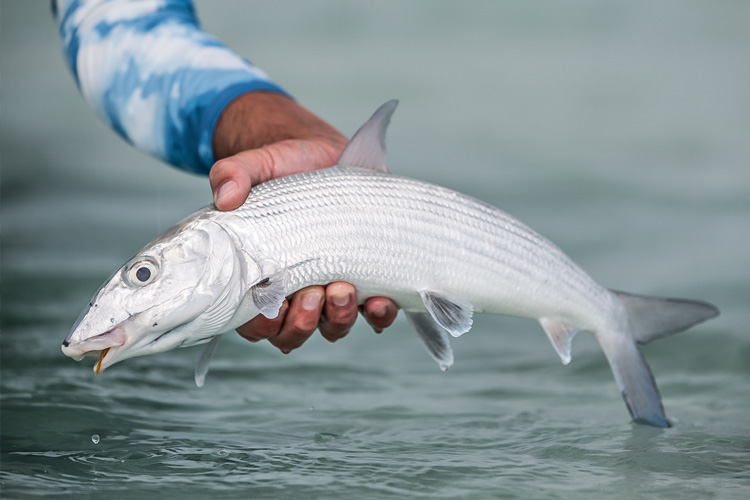

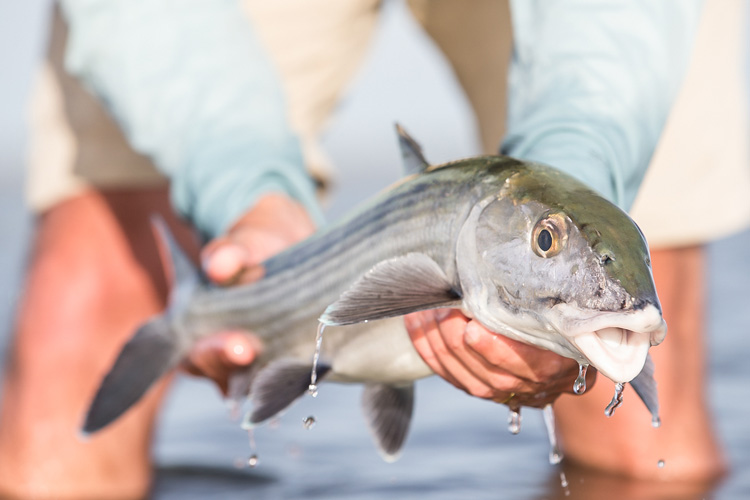

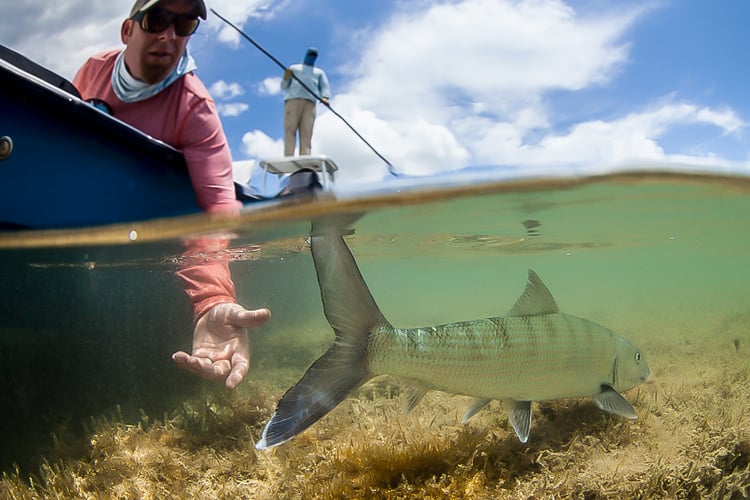

Experienced Bonefish fisherman will advise you to concentrate more on the tides when making travel plans because doing so will allow you to spend more time on the bow casting at Bones that are tailing in shallow water under the strong Abacoan sun.
Where to Fish: Oceanside vs The Marls
There is no shortage of fishable water on Abaco. At different times of the tide, Bonefish can be found along almost every island shoreline. Because of the layout of the island, deciding where to fish involves restricting the areas on which to concentrate your angling efforts.
Abaco has two primary fishing areas: the Marls on the west side of the island, and the eastern ocean side. Each presents a unique population of Bonefish as well as an additional array of challenges for the adventurous angler.
Oceanside
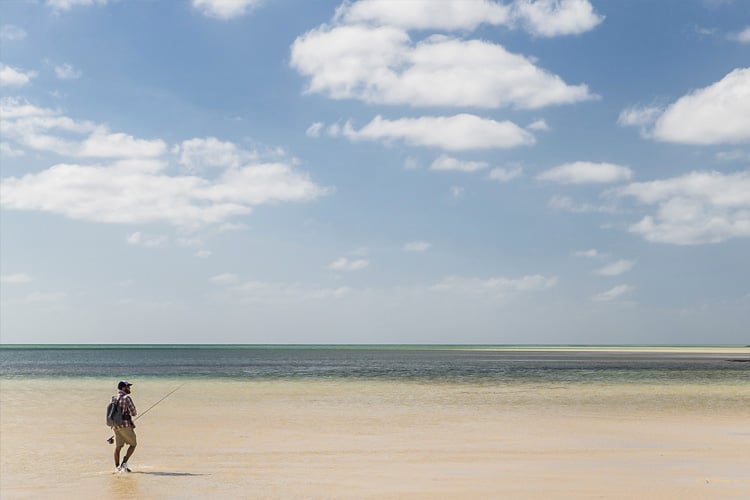

Hard sand and coral flats, as well as numerous mangrove streams, can be found on Abaco’s oceanside. This zone is for you if you like the challenge of casting to big Bonefish. The deeper drop-offs and quickly draining flats in this area are used by the larger Bonefish to their advantage. They normally eat in couples and singles on crabs, prawns and very small baitfish.
Finding a mangrove creek mouth is the best place to start. Once there, fish during the low outgoing and low entering tide window, when Bonefish will be the easiest to locate and most relaxed.
The Marls
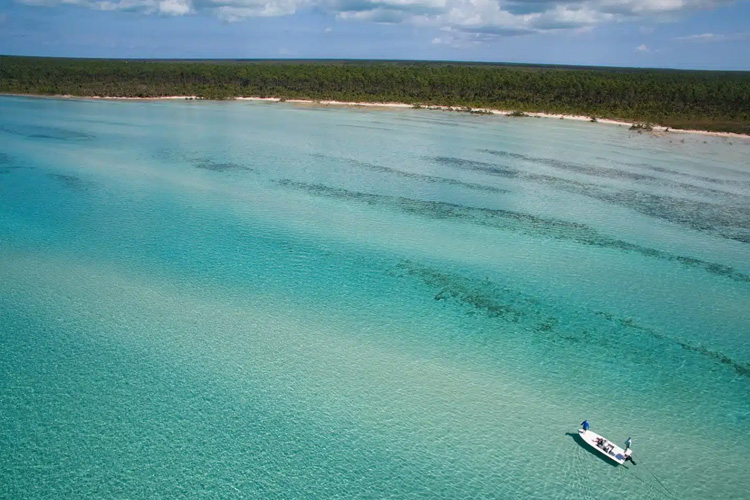

On the west side of the island, a vast 300-square-mile expanse of shallow mangrove-dotted flats is known as the fabled Abaco Marls. Large schools of Bonefish lurk in the Marls, making the most of the area’s winding creeks and back lagoons. Since the bottom is mostly soft mud, this area is mostly only accessible with a knowledgeable guide and skiff.
You can also find the biggest Bonefish spawning schools you’ll likely ever see in the Marls. Schools of migratory Bones that extended as far as the eye could see for hours as they headed to their original spawning grounds have been described in some local legends.
This Abaco zone is the one for you if fish populations are what you’re looking.
The Tides
The tides determine a Bonefish’s day, just like they do for practically all saltwater gamefish. When both themselves and their prey feel most at ease is in as little water as possible. They must be very aware of their environment and any potential predators because they are themselves prey. They have learned through evolution that staying shallow is the best defence against Sharks, Barracuda, and Dolphins who would love nothing more than to quickly feast on a Bonefish on the run. Since it significantly reduces the areas where you should be looking for tailing or pushing fish, this habit actually benefits anglers. Search for the shallowest borders as you approach a flat; as this is where the Bonefish will be.
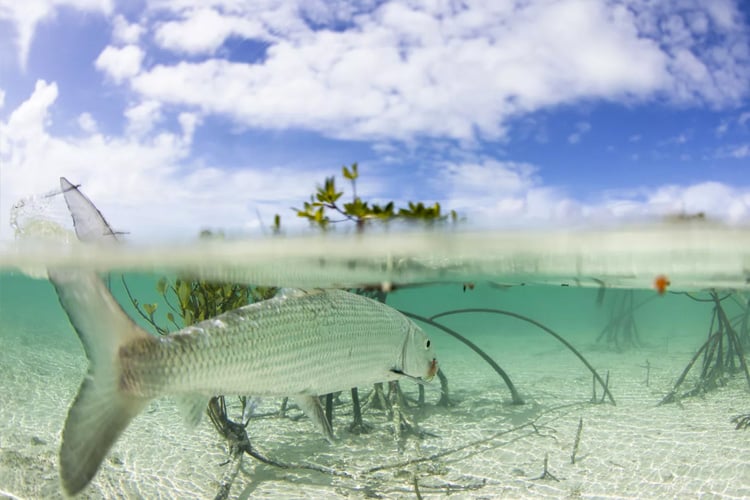

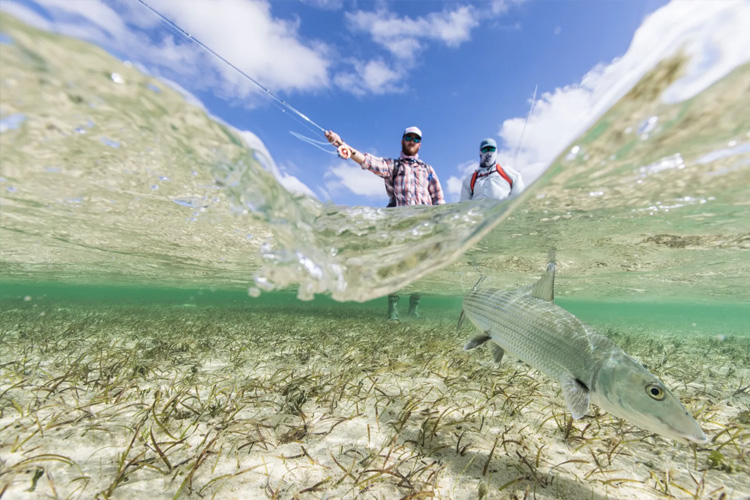

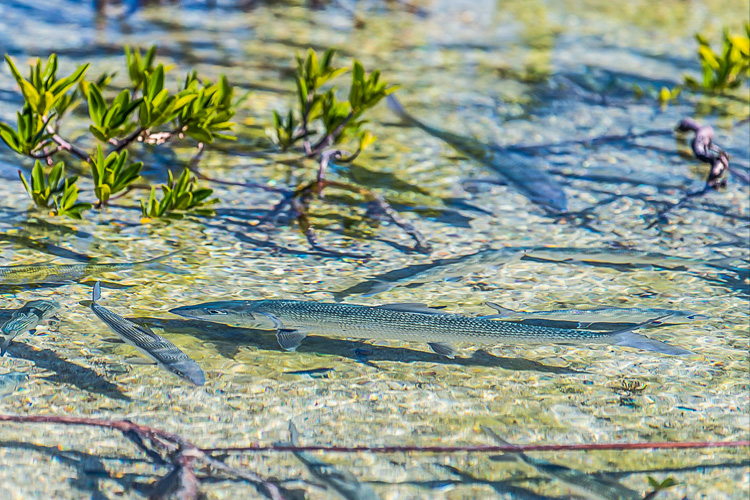

Around the entire island of Abaco, there are numerous mangrove streams, which provide an ideal habitat for Bonefish. These are what the angler on foot should concentrate on. The greatest place to ambush Bonefish as they enter and exit the mangroves during tidal changes is near the mouths of their creeks.
Now that the fundamentals have been covered let’s dig a little more into the outgoing and incoming tide techniques.
Outgoing tides
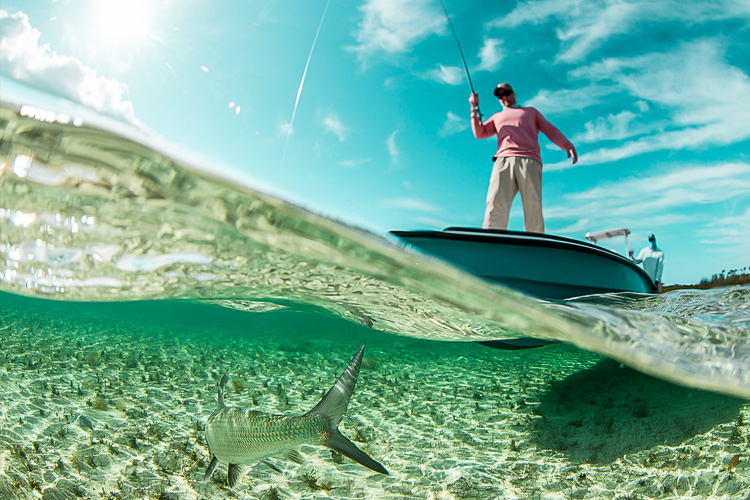

It’s crucial to have a solid plan when going Bonefishing on an outgoing tide to improve your chances of success. The water level drops as the tide begins to recede, and Bonefish will frequently leave the flats for deeper channels or drop-offs.
Positioning yourself close to these drop-offs or channels and looking for evidence of feeding fish on the flat’s margins is a successful tactic. Your fly should resemble these Bonefish forages since the Bonefish will be feeding on prawns and other small crustaceans that are being swept out by the river.
It’s crucial to be discreet and cast precisely because as the water grows shallower, Bones may become shyer.
Incoming Tide Strategy
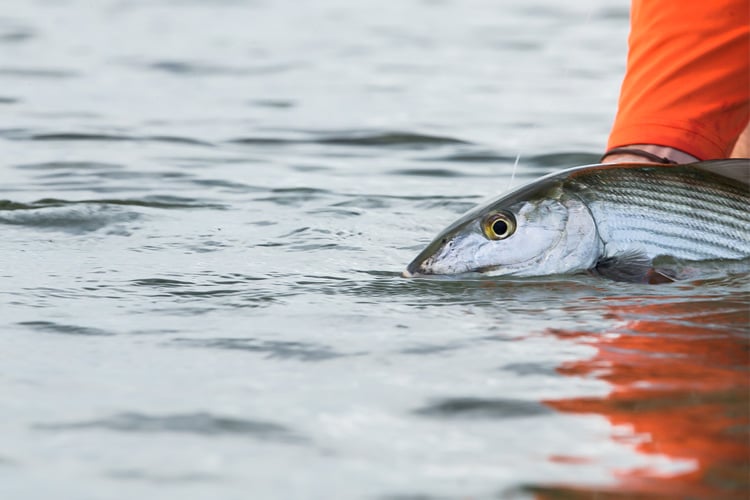

When the tide is coming in, fly fishing for Bonefish demands a somewhat different approach than if the tide is going out. The Bonefish will frequently travel onto the flats as the tide begins to rise to feed on crabs and small baitfish that are brought in with the rising water.
Positioning yourself close to the flat borders where the water is beginning to round the edge of the flat is an effective tactic since this is where you will likely find the fish that are feeding or staging. It’s crucial to be patient and vigilant, keeping an eye out for any indications of feeding Bonefish or any alterations in the water that would point to their existence. In order to imitate the actions of a fleeing prey, cast your fly in front of the feeding fish and gently recover it with long, smooth strips.
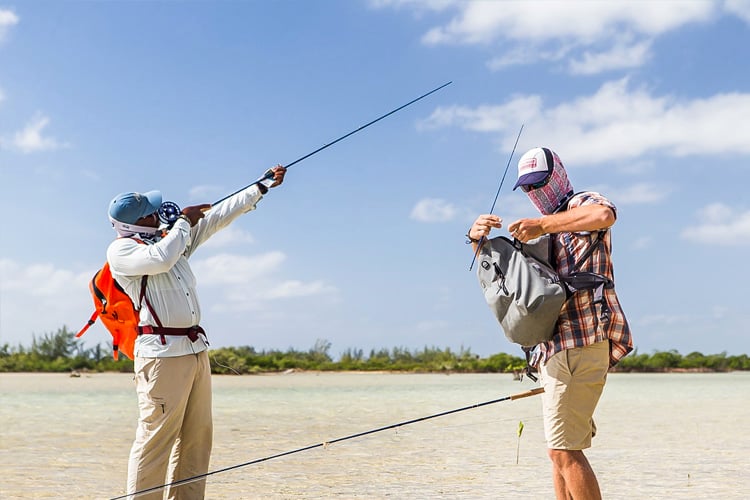

The Bonefish may travel further onto the flats as a result of the approaching tide, so it’s critical to cover as much water as you can while continuously looking for fish indications on the shallow margins close to the top of the tide.
Fly Patterns for Abaco Bonefish
When it comes to fishing, Bonefish are straightforward fish. When given the chance, they may also eat small baitfish, pushing the bait against the coast like a school of ravenous Striped Bass. Their major prey items are Prawns and Crabs.
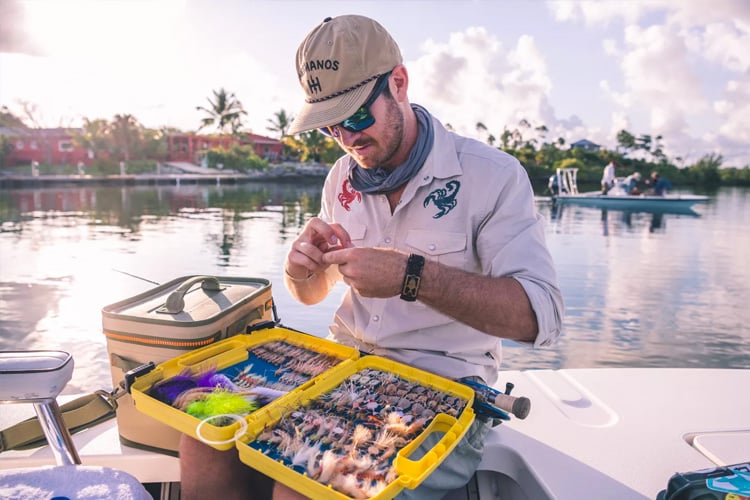

Although they have a reputation for being picky when it comes to flies, Bonefish aren’t necessarily picky, in our opinion. Most fly pattern selections will work. If you present the fly properly and the fish doesn’t spook, it will almost always take the fly without hesitation.
EP Spawning Shrimp
The spawning shrimp is a perennial favourite on Abaco since it was first developed. We recommend tying them on solid saltwater hooks in sizes #2 – #6. The best colours are tan and olive, for sand and eelgrass flats, respectively.
Gotchas & Charlies
Gotchas and Crazy Charlies are the woolly buggers of the flats in the Bahamas. These are two patterns indigenous to the Bahamas, and for good reason, Bonefish simply can’t resist them. Guide favourite colours are tan, olive, and pink, tied on #4 – #6 hooks.
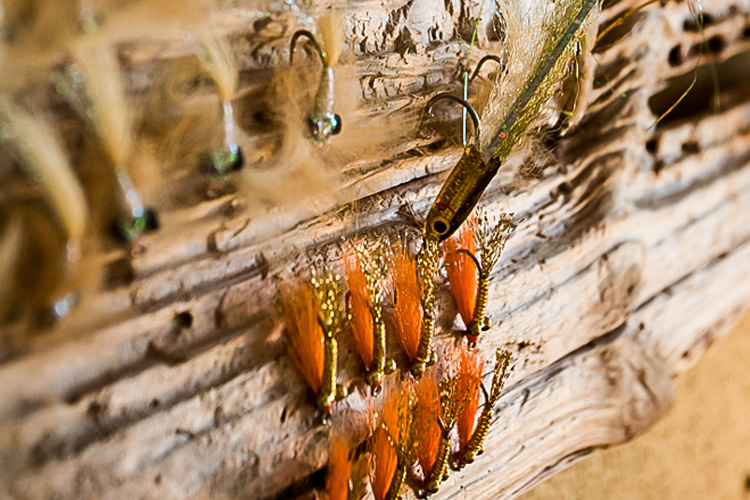

Flexo Crab
The Flexo Crab is the new kid on the block when it comes to flats flies. Developed in the Seychelles to target Indo-Pacific Permit, the pattern has permeated saltwater anglers’ fly boxes all over the world. Bonefish love them, and if/when you spot a Permit charging onto the flat, they work perfectly in double-duty situations. The best colours to have in your box are olive, tan, and white tied on #2 – #6 hooks.
Contact us
Do you like the sound of fishing the flats of Abaco Lodge for Bonefish? Looking to tackle some Bonefish on the fly? Have any Bonefish tips yourself? Take a look at the full tour page for Abaco Lodge here.
Take a look at our fly fishing holidays to learn more. You can contact our fly fishing team via 01603 407596, emailing peter@sportquestholidays.com or by using the enquiry form found below. Our experienced team will be happy to help answer any queries you have regarding trips or even more Bonefish Tips.
